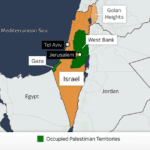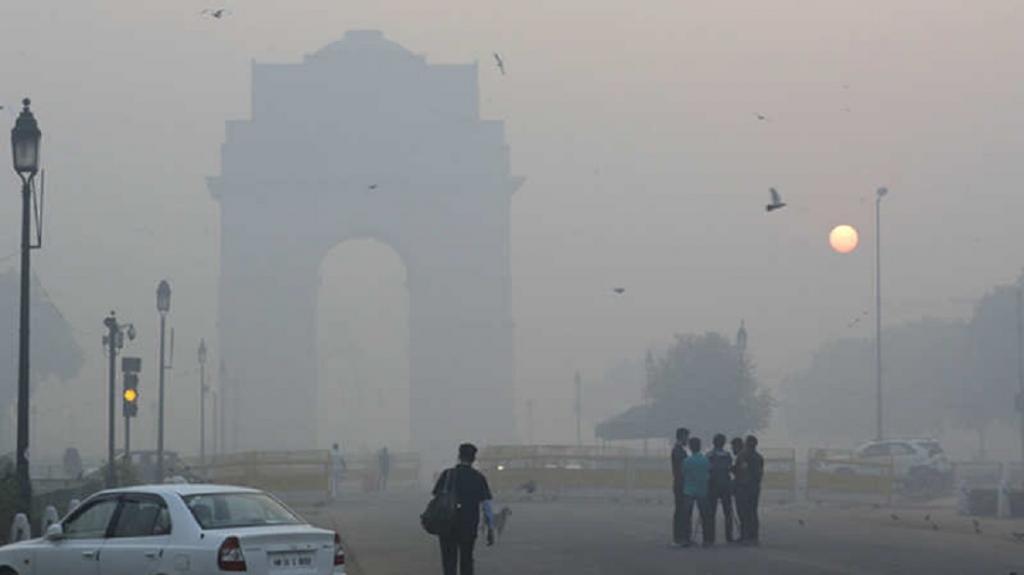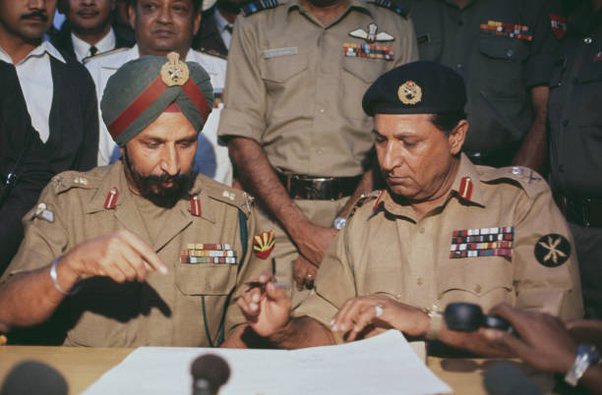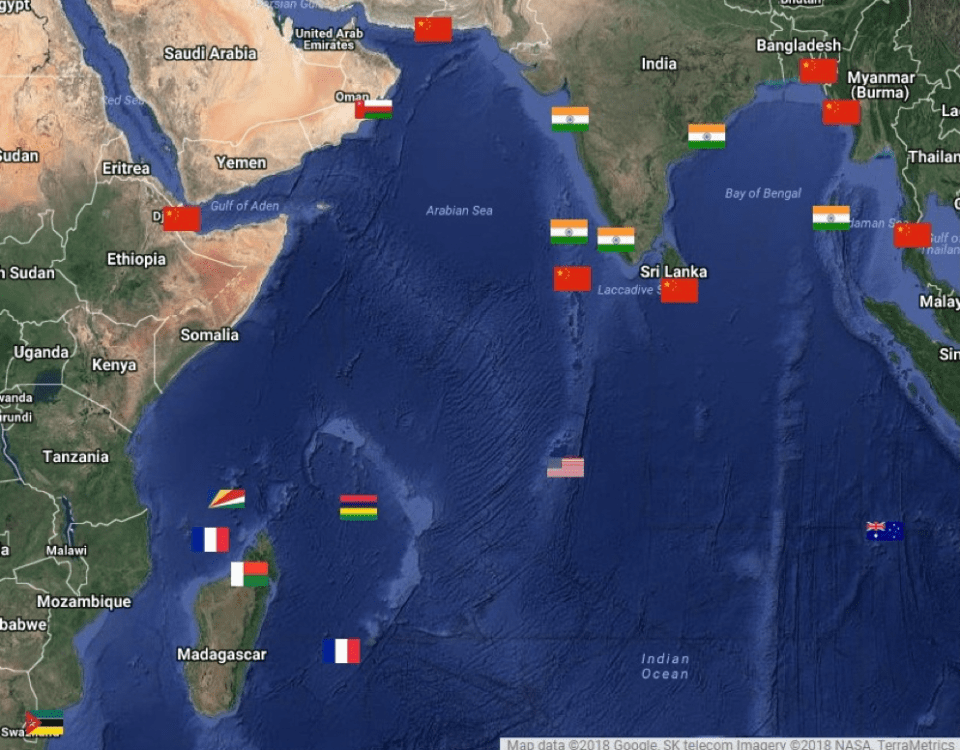
The History of Palestine and Israel’s Animosity
November 4, 2023
Palestine- Israel Conflict; Can Crimes Against Humanity Ever Be Justified?
November 8, 2023
Areej Haider
Since the end of the last century, the elements of international security have changed. The likelihood of major armed conflicts has been on a downward trend. However, non-traditional security(NTS) threats—threats that don’t have a military origin—are now posing serious challenges to states. States now have a range of security challenges that add to their security concerns, consequently, compelling them to come up with innovative solutions. [1]
Few scholars would have anticipated how NTS threats would affect national security. What type of consequences they will bring for states having a high population growth? The article focuses on India’s demographic transition and points out the burden of a rapidly increasing population and its natural resources. Additionally, it will talk about three main domains—agriculture, water, and energy—that can lead to state instability. The article finally discusses the possibility of a social crisis as a result of disasters brought on by climate change and poor management of natural resources.
India: The Land of Billion People
According to data released by the United Nations, India is on track to overtake China as the world’s most populous country by the end of 2023 or at the beginning of 2024 as its young population continues to grow rapidly (it is impossible to determine a precise date due to limitations in the population data). This demographic transition can make India the global heavyweight and economic powerhouse. According to the U.N. report, the country will have 1.4286 billion people compared to mainland China’s 1.4257 billion.
While this can be a landmark development for India as it can reap the economic opportunities that result from a demographic dividend, on the other hand, it presents a future full of unprecedented events. This could also herald the start of numerous crises for the country. [2] A growing labor force in India could support the nation’s growth. However, if India’s rapidly expanding young population is not given adequate employment opportunities, it could just as quickly turn into a demographic liability. Surprisingly, India needs to feed 14% of the world’s population with only 2.4% of the world’s resources. [3]
Being located in the South Asian region which is highly exposed to climate-related extreme disasters, India suffers from several problems. [4] Up to 800 million people in South Asia could experience drastically worsened living conditions as a result of climate change. [5] The IMF Climate Change Dashboard and the World Bank’s South Asia Risk Index stated that 15 climate-related disasters that cost almost $30 Billion in damage occurred in South Asia in 2020. India faces some of the highest disaster risk levels in the world, ranked 32nd out of 191 countries by the 2019 INFORM Risk Index. Disaster risk in India is also driven by its social vulnerability.
A Resource-Stressed Country
India serves as a dystopian society in the region due to environmental instability. The country stands on top of such countries where the temperature is already high and climate change is making it even hotter. Both hydro and thermal power production are devoid of a resource necessary for their functioning. India is likely to become the third-largest energy consumer in the world by 2030 but the country has trouble keeping up with demand. Furthermore, the country has made significant urban progress. More than 400 million people are predicted to reside in cities by the year 2030. Although, urban growth has contributed to a reduction in poverty overall, however, an increase in rates of urbanization put a strain on the fertile land with the increase in the demand for commercial land areas and housing societies. [8]
The agricultural sector is the most sensitive to changes in any weather parameter which makes up 14% of the country’s GDP. Consequently, millions of people are susceptible to food insecurity. Another sector that is under stress in India is the water sector. India has a total of 4% of freshwater resources with which it has to fulfill the needs of a huge population. The fuel to the fire is climate change that disturbs the water cycle, making it very difficult to store and distribute water. The energy sector is also tense. India is the third largest consumer of energy based on fossil fuels and the country’s demand is increasing at a rate of 6% per year. More economic growth means more need for energy resources. 300 million people already lack access to electricity.
Climate-led Social Crisis in India
A social crisis is a set of events that certainly disrupt the social fabric of any particular society. There are many forms of social crisis, out of which the most important ones are hunger, conflicts over water resources, diseases, and displacement of citizens, political and humanitarian crises, and social unrest. Social crisis can also involve direct armed conflicts among different groups of society since it leads to violence. [9] Additionally, in case of any climate change-led social crisis, the minority of the state especially the Muslims will be affected disproportionately as they are being marginalized by the BJP government. For example, in the aftermath of Cyclone Amphan that hit coastal India and Bangladesh, the Muslims of West Bengal were deprived of national aid as they were seen as outsiders. Poor Hindu societies are also expected to be harmed since they are less equipped to protect themselves from environmental scarcities.
Anywhere in the world where the population surges at a greater rate and resources are limited, the chances of armed conflicts and insurgency increase. Amidst challenges like population growth, resource scarcity, and climate change, such movements become more violent, intense, and challenging. In the case of India, the possibility is substantial as there are already some major anti-government insurgent movements emerging, and climate-led disasters might open the door to either new nationalist or religious insurgency. Some of the operational groups include the Maoist anti-government insurgency, Khalistan Movement, Naga insurgency, Assamese Separatism, and many others. Moreover, the production of natural resources may result in ecological, social, or economic grievances, which may overlap with ethnic prejudice and increase the risk of disputes. The claims of poorer and weaker people for resources are resisted by the powerful elite, which might result in severe environmental injustice and eventually, social crisis. [10]
Conclusion
It is not possible to predict what kind of armed conflict India might be facing in the future because it depends on various factors and the ideology of any particular group. But two of the major issues India is facing right now are population growth and climate change-related disasters. It is time for the country to invest in research and development of technologies that will lessen the negative impacts of environmental degradation.
Recommendations
II. Rather than building massive dams, India needs to invest more in recycling technologies. These tools aid in both supplying freshwater demands and safeguarding rivers and other water bodies from overuse.
III. As a member of several regional organizations, it can plan and coordinate efficient environmental protection strategies.
IV. India must also take into account the protection of other smaller states in the region. To ensure a better future, India must invest in sustainable projects that are advantageous for the entire region.
Bibliography:
[1] Caballero-Anthony, Mely. “Non-Traditional Security Concept, Issues, and Implications on Security Governance,” 2016. https://dr.ntu.edu.sg/handle/10356/145776.
[2] BBC News. “High and Low-Tech Ways to Tackle India’s Water Crisis,” August 11, 2022, sec. Business. https://www.bbc.com/news/business-61965419.
[3] Press, Associated. “U.N.: India’s Population Will Be World’s Largest by Mid-Year.” POLITICO, April 19, 2023. https://www.politico.com/news/2023/04/19/united-nations-india-population-00092775.
[4] NATO Review. “NATO Review – India’s Nexus between Resources, Climate Change – and Stability,” September 21, 2012. https://www.nato.int/docu/review/articles/2012/09/21/indias-nexus-between-resources-climate-change-and-stability/index.html
[5] World Bank. “Climate and Development in South Asia.” Text/HTML. Accessed March 6, 2023. https://www.worldbank.org/en/region/sar/brief/integrating-climate-and-development-in-south-asia/integrating-climate-and-development-in-south-asia-region.
[6] NATO Review. “NATO Review – India’s Nexus between Resources, Climate Change – and Stability,” September 21, 2012. https://www.nato.int/docu/review/articles/2012/09/21/indias-nexus-between-resources-climate-change-and-stability/index.html
[7] India Today. “More and More Droughts: How Both India and the World Is Getting Affected and What It Will Lead To.” Accessed February 1, 2023. https://www.indiatoday.in/diu/story/droughts-india-world-climate-change-global-warming-monsoons-un-1989548-2022-08-18
[8] “Poverty and Urbanisation | United Nations in India.” Accessed August 10, 2023. https://india.un.org/en/171267-poverty-and-urbanisation, https://india.un.org/en/171267-poverty-and-urbanisation.
[9] Wegenast, Tim C., and Matthias Basedau. “Ethnic Fractionalization, Natural Resources, and Armed Conflict.” Conflict Management and Peace Science 31, no. 4 (2014): 432–57. https://www.jstor.org/stable/26271372
[10] Homer-Dixon, Thomas F. “Environmental Scarcities and Violent Conflict: Evidence from Cases.” International Security 19, no. 1 (1994): 5–40. https://doi.org/10.2307/2539147
The writer is a student of International Relations at National Defence University, Islamabad.






